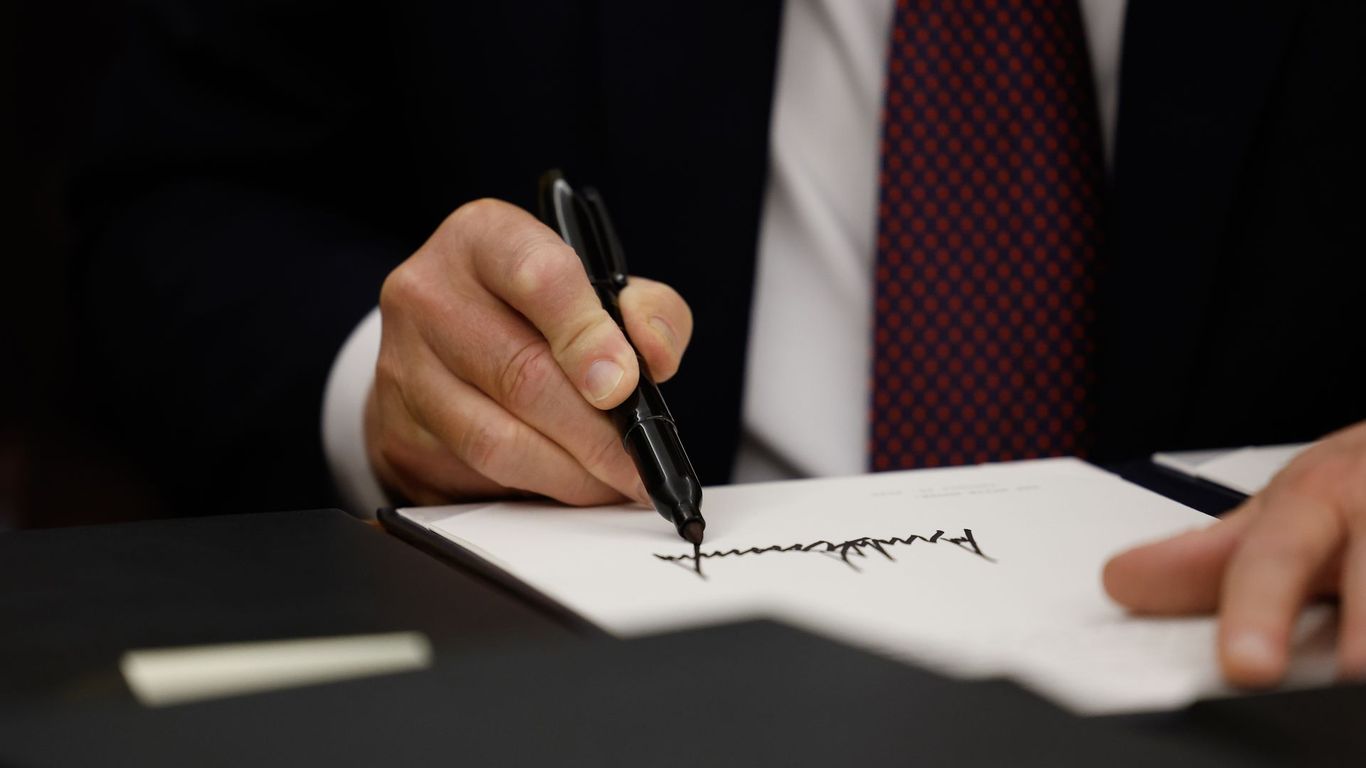Trump Erases Progress: 1960s Civil Rights Landmark Repealed in Shocking Move

The decision to abolish decades of government practices on diversity and equal opportunity has been met with significant controversy. This move marks a substantial shift in the approach to promoting inclusivity and fairness within government institutions. The previous practices, which had been in place for decades, were designed to foster a more diverse and inclusive environment, providing opportunities for underrepresented groups to participate and contribute.
The abolition of these practices has sparked concerns among advocates for diversity and equal opportunity, who argue that this decision will undermine efforts to promote inclusivity and fairness. They contend that the previous practices, although imperfect, played a crucial role in promoting diversity and equal opportunity, and that their abolition will have far-reaching and detrimental consequences.
On the other hand, proponents of the decision argue that the previous practices had become outdated and were no longer effective in promoting diversity and equal opportunity. They claim that a new approach is needed, one that is more effective and efficient in promoting inclusivity and fairness. However, the details of this new approach have not been clearly outlined, leaving many to wonder what the future holds for diversity and equal opportunity initiatives.
The move has also raised questions about the role of government in promoting diversity and equal opportunity. Some argue that the government has a critical role to play in promoting inclusivity and fairness, while others believe that this responsibility should be left to individual institutions and organizations. As the debate continues, one thing is clear: the abolition of decades of government practices on diversity and equal opportunity marks a significant shift in the approach to promoting inclusivity and fairness, and its consequences will be closely watched in the months and years to come.
